Media coverage
Share

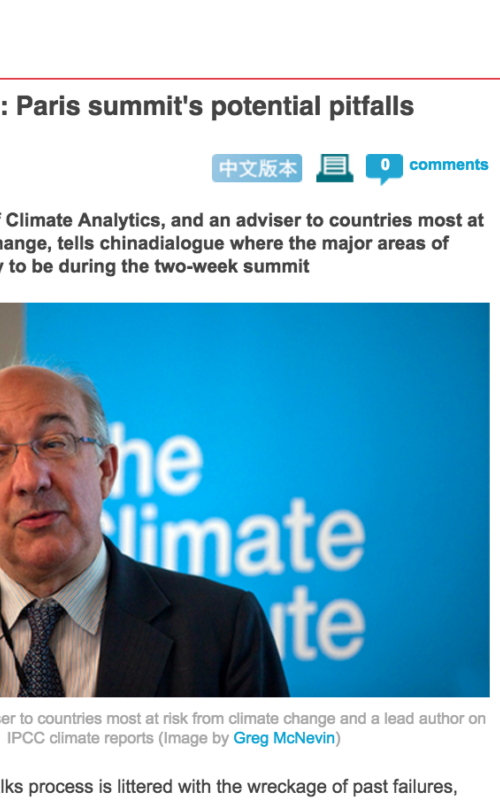
chinadialogue
Bill Hare, CEO of Climate Analytics, and an adviser to countries most at risk of climate change, tells chinadialogue where the major areas of discord are likely to be during the two-week summit
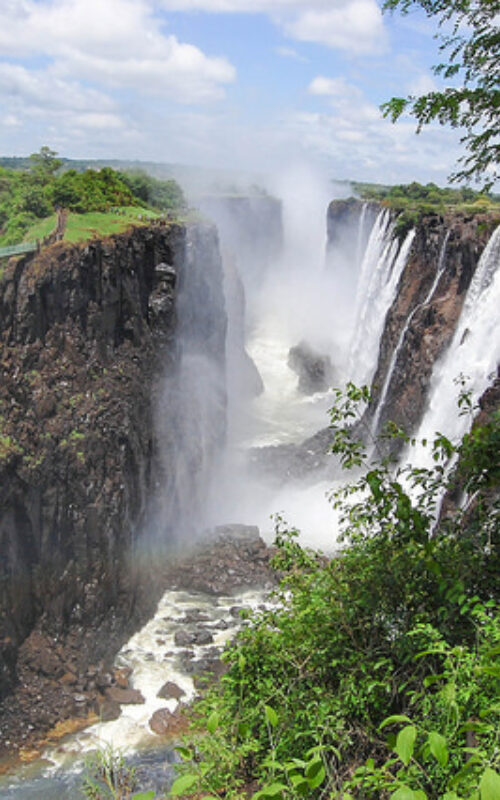
Blog
At its latest meeting 2-5 November in Livingstone, Zambia the Green Climate Fund Board strengthened the Fund’s accreditation framework by agreeing on a policy to review every five years to what extent the GCF’s implementing partners’ overall portfolio of activities – beyond those funded by the GCF – have evolved in the direction of the Fund’s goal to promote a paradigm shift. Partners that continue to heavily invest into coal and other fossil fuels are now at risk of loosing their accreditation after their initial accreditation period ends.
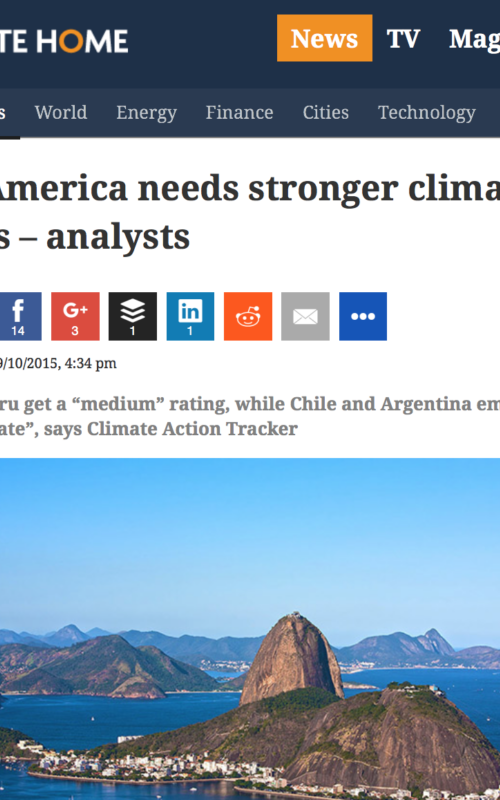
Climate Home
Brazil and Peru get a “medium” rating, while Chile and Argentina emissions targets are “inadequate”, says Climate Action Tracker
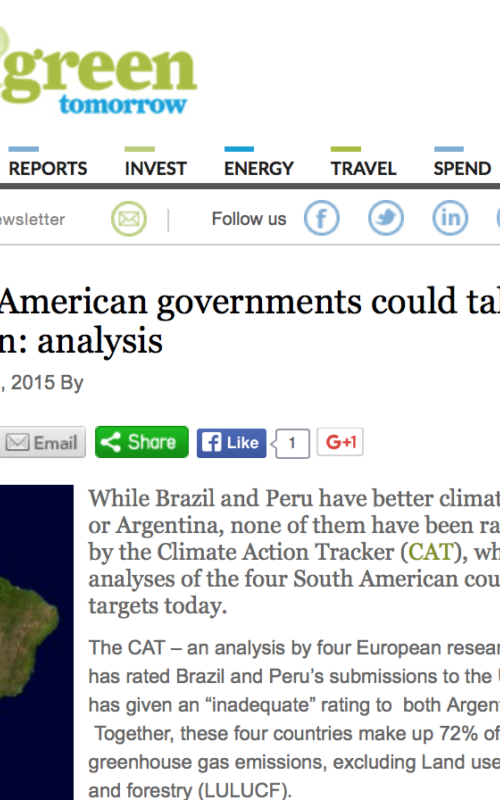
Blue & Green Tomorrow
While Brazil and Peru have better climate plans than Chile or Argentina, none of them have been rated as “sufficient” by the Climate Action Tracker (CAT), which released analyses of the four South American country climate targets today.
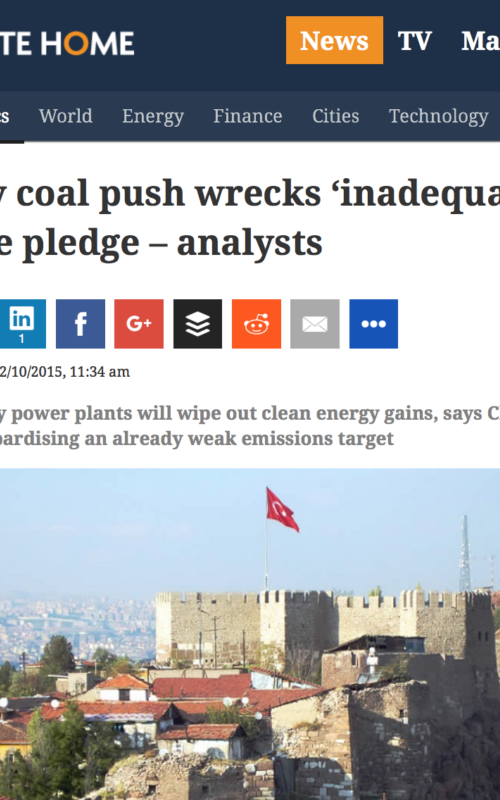
Climate Home
Planned dirty power plants will wipe out clean energy gains, says Climate Action Tracker, jeopardising an already weak emissions target
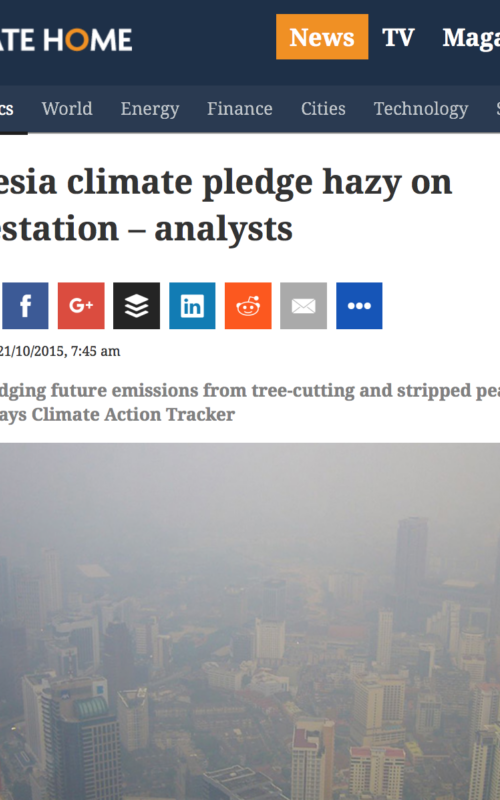
Climate Home
Jakarta is fudging future emissions from tree-cutting and stripped peatland amid a coal spree, says Climate Action Tracker
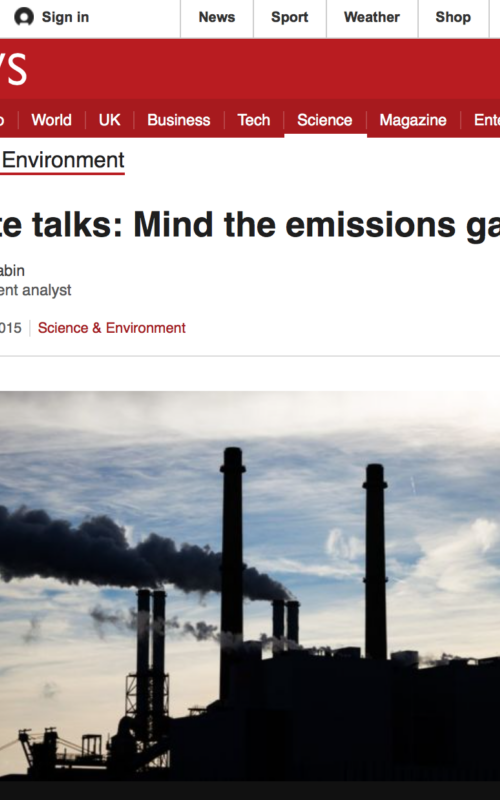
BBC
So far, about 150 nations have promised the UN to curb (NB: Not cut) CO2 emissions, but analysts say the pledges are not enough.
One think-tank, Climate Analytics, estimates promises so far will lead to a global temperature rise of about 2.7C - well over the 2C "safety threshold".
At the Morocco meeting of 36 nations, governments will judge the pledges for themselves.
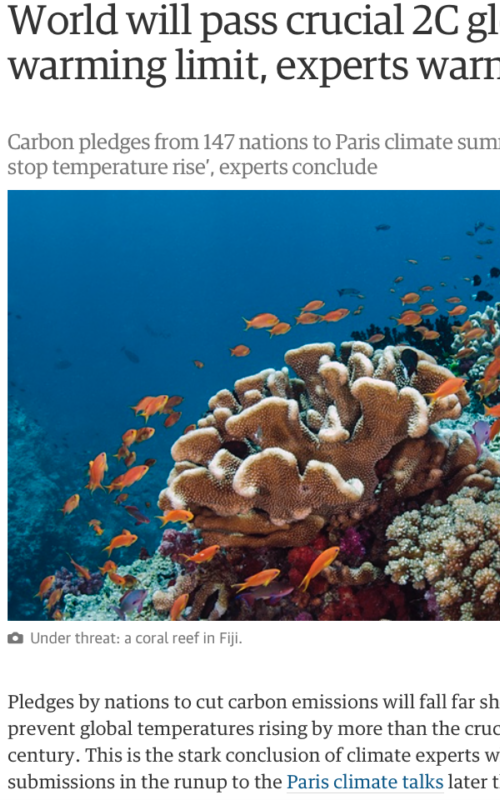
The Guardian
Carbon pledges from 147 nations to Paris climate summit ‘are not enough to stop temperature rise’, experts conclude
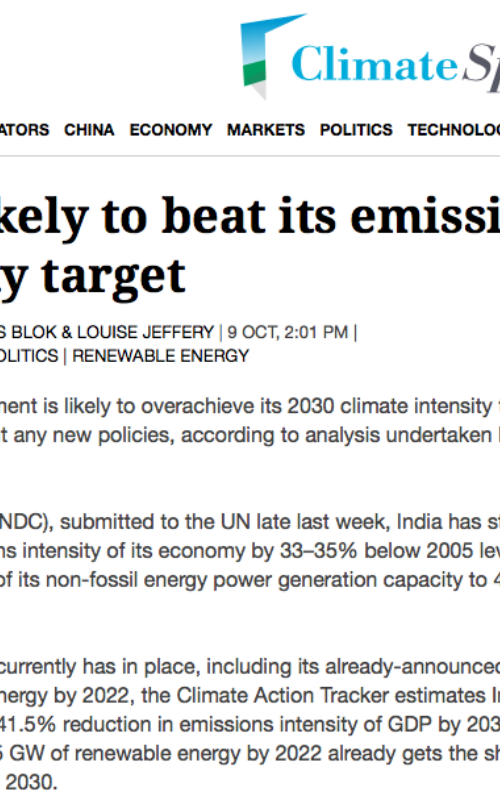
Business Spectator
The Indian Government is likely to overachieve its 2030 climate intensity target without having to implement any new policies, according to analysis undertaken by Climate Action Tracker.
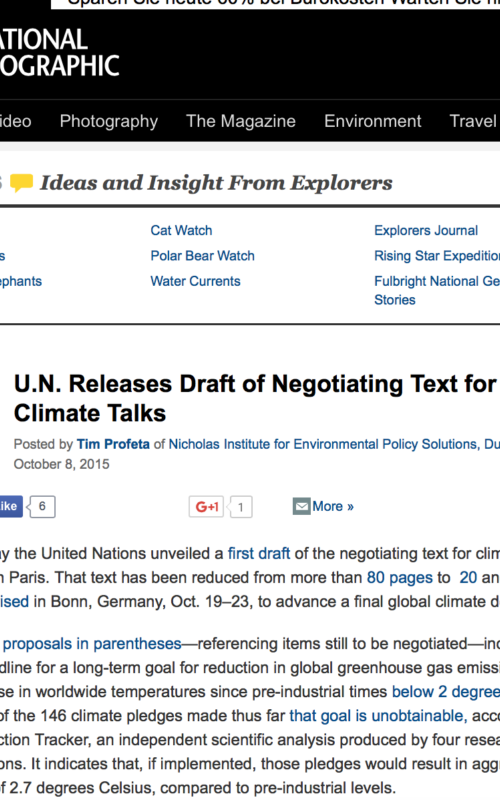
National Geographic
On Monday the United Nations unveiled a first draft of the negotiating text for climate talks later this year in Paris. That text has been reduced from more than 80 pages to 20 and will be further revised in Bonn, Germany, Oct. 19–23, to advance a final global climate deal in Paris.